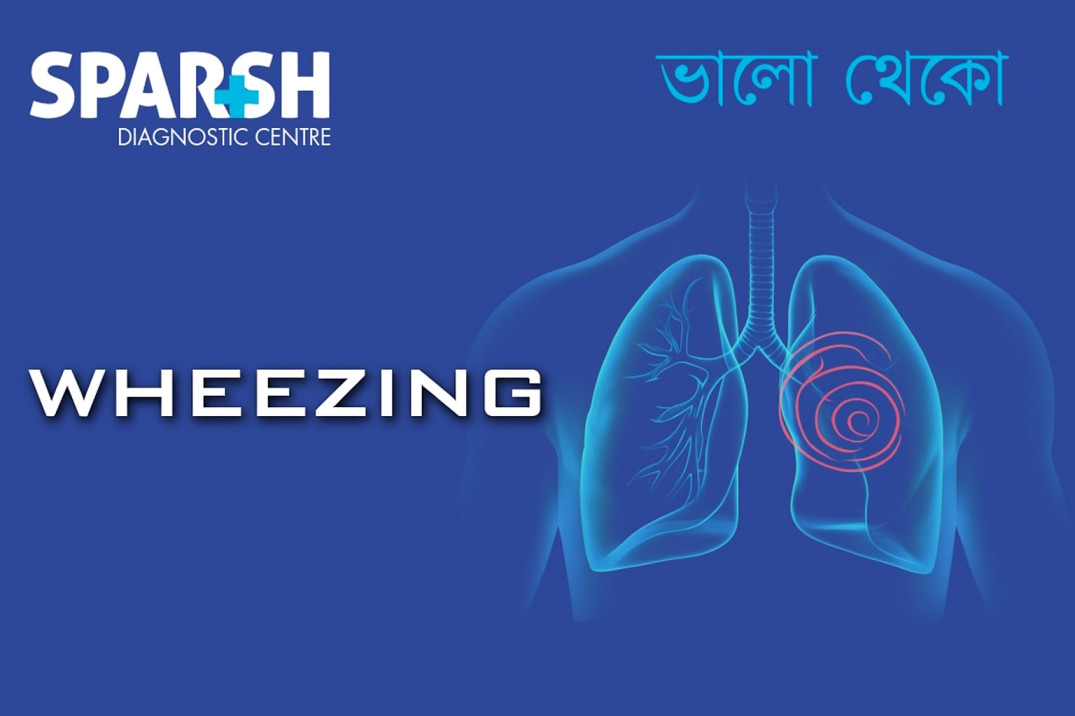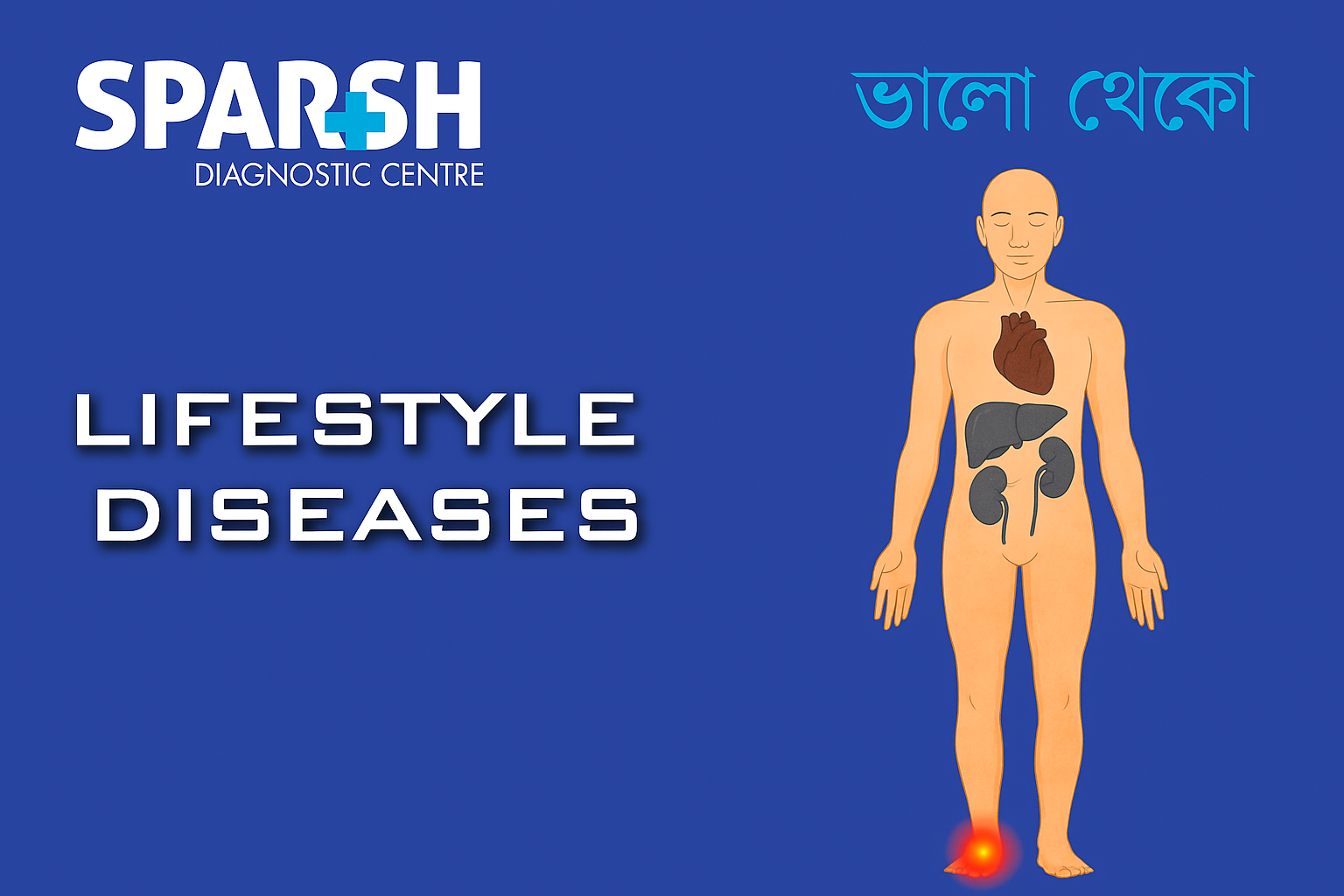Have you ever noticed a high-pitched whistling or squeaky sound when breathing, especially during exhalation? That sound is called wheezing. It occurs when the airways in your lungs become narrowed or obstructed, making it harder for air to pass through.
Wheezing is not a disease itself—it’s a symptom of an underlying condition affecting the respiratory system. From asthma and allergies to infections and chronic lung diseases, there are many possible causes. Understanding what triggers wheezing and how it’s treated is key to improving breathing and preventing complications.
In this detailed guide, we’ll explore the causes, symptoms, diagnosis, and treatment of wheezing, along with effective home remedies and prevention tips.
What Is Wheezing?
Wheezing is a high-pitched whistling sound that occurs during breathing, primarily on exhalation, though sometimes on inhalation. It happens when air moves through narrowed or inflamed airways in the lungs.
How Wheezing Sounds
Often described as a musical whistling noise
Heard more clearly during exhalation
May occur occasionally or persistently
Can be mild or severe, depending on the cause
Wheezing is commonly associated with conditions like asthma, bronchitis, COPD, and allergies, but it can also signal serious issues such as an obstructed airway or anaphylaxis.
Common Causes of Wheezing
1. Asthma
Asthma is one of the most frequent causes of wheezing. In this condition, the airways become inflamed and narrowed, often due to allergens, exercise, or cold air. Asthma-related wheezing may be accompanied by shortness of breath, coughing, and chest tightness.
2. Chronic Obstructive Pulmonary Disease (COPD)
COPD, including chronic bronchitis and emphysema, causes long-term airway obstruction. Smokers are at the highest risk. Persistent wheezing, chronic cough, and difficulty breathing are hallmark symptoms.
3. Allergic Reactions
Severe allergies can cause airway inflammation and constriction, leading to wheezing. Triggers may include pollen, dust mites, pet dander, insect stings, or certain foods.
4. Respiratory Infections
Viral or bacterial infections like bronchitis, pneumonia, or bronchiolitis can cause temporary airway narrowing and wheezing, especially in children.
5. Anaphylaxis
Anaphylaxis is a severe, life-threatening allergic reaction that causes wheezing, swelling of the throat, and difficulty breathing. It requires immediate emergency treatment with epinephrine.
6. Smoking
Smoking damages the airways and lungs, making them more prone to inflammation and mucus buildup, which can cause wheezing.
7. Foreign Body Aspiration
If a foreign object (like food or a small toy) gets lodged in the airway, it can cause sudden wheezing and choking—especially in children.
8. Gastroesophageal Reflux Disease (GERD)
Acid reflux can cause acid to flow back into the throat and lungs, irritating the airways and leading to wheezing, especially at night.
9. Heart Failure
Fluid buildup in the lungs due to heart failure can cause a type of wheezing called cardiac asthma.
Symptoms Associated with Wheezing
While wheezing itself is a symptom, it’s often accompanied by other respiratory signs, depending on the cause:
Chest tightness or pain
Coughing, especially at night
Increased mucus production
Fatigue during breathing
Difficulty speaking in severe cases
Persistent or severe wheezing requires medical evaluation to determine the underlying cause.
How Is Wheezing Diagnosed?
A proper diagnosis involves a combination of physical examination, history-taking, and diagnostic tests.
1. Medical History and Physical Examination
Your doctor will:
Ask about your symptoms, triggers, and duration
Listen to your lungs using a stethoscope
Check for signs of allergies, infections, or chronic lung conditions
2. Pulmonary Function Tests (PFTs)
These tests measure how well your lungs function, including how much air you can exhale and how quickly.
3. Chest X-ray or CT Scan
Imaging helps identify infections, blockages, or structural abnormalities in the lungs.
4. Allergy Testing
Skin or blood tests may detect specific allergens triggering wheezing.
5. Blood Oxygen Level (Pulse Oximetry or ABG Test)
Measures oxygen saturation in your blood to assess breathing efficiency.
6. Sputum Test
Analyzes mucus for signs of infection or inflammation.
Treatment for Wheezing
Treatment depends on the underlying cause, severity, and frequency of symptoms.
1. Inhalers and Bronchodilators
These medications open up the airways and make breathing easier. Common examples include:
Albuterol (short-acting bronchodilator)
Salmeterol (long-acting bronchodilator)
2. Corticosteroids
These reduce airway inflammation:
Inhaled corticosteroids (e.g., budesonide)
Oral corticosteroids for severe cases
3. Oxygen Therapy
For severe breathing difficulty or chronic lung diseases like COPD, oxygen supplementation may be needed.
4. Antibiotics or Antivirals
If wheezing is due to bacterial or viral infection, medications may be prescribed accordingly.
5. Antihistamines and Decongestants
Help relieve allergy-related wheezing by reducing inflammation and mucus buildup.
6. Epinephrine (Adrenaline)
Used in anaphylaxis to rapidly open airways and reduce swelling.
7. Treatment of GERD or Heart Failure
Managing reflux or cardiac conditions can reduce wheezing episodes caused by secondary effects on the lungs.
Home Remedies and Lifestyle Tips for Wheezing
While medical treatment is essential, certain home remedies and preventive measures can help manage mild wheezing:
1. Steam Inhalation
Inhaling warm steam can help loosen mucus and ease breathing.
2. Stay Hydrated
Drinking plenty of fluids helps thin mucus and keep airways moist.
3. Avoid Triggers
Stay away from:
Tobacco smoke
Dust and pollutants
Pet dander
Strong perfumes
4. Use a Humidifier
Moist air can ease breathing and reduce airway irritation.
5. Practice Breathing Exercises
Techniques like pursed-lip breathing and diaphragmatic breathing improve airflow and lung function.
6. Maintain a Healthy Diet
Include antioxidant-rich foods, such as fruits and vegetables, to support lung health.
7. Manage Weight
Excess weight can increase breathing difficulty and wheezing frequency.
8. Regular Medical Check-ups
Routine visits help monitor lung health and adjust treatment if needed.
When to Seek Immediate Medical Help
Seek emergency care if wheezing is accompanied by:
Severe shortness of breath
Chest pain or pressure
Bluish lips or face
Confusion or fainting
Rapid worsening of symptoms
These could indicate asthma attack, anaphylaxis, or serious lung disease.
Prevention Tips
Quit Smoking: Reduces airway inflammation and long-term lung damage.
Get Vaccinated: Protect against flu, pneumonia, and COVID-19.
Manage Allergies: Take prescribed medications regularly.
Use Air Purifiers: Reduce indoor pollutants and allergens.
Exercise Regularly: Strengthens lungs and improves airflow.
Avoid Cold Air Exposure: Use scarves or masks in winter.
Follow Asthma Action Plans: If you have asthma, follow your doctor’s management plan closely.
FAQ Section
1. What does wheezing indicate?
Wheezing indicates narrowed airways due to inflammation, obstruction, or constriction, often seen in conditions like asthma, COPD, or allergies.
2. Can wheezing go away on its own?
Mild wheezing from a short-term infection may resolve on its own. However, chronic or recurring wheezing needs medical evaluation to find and treat the cause.
3. Is wheezing always caused by asthma?
No. While asthma is a major cause, wheezing can also result from infections, allergies, GERD, COPD, or heart problems.
4. How can I stop wheezing quickly?
For quick relief, use a prescribed inhaler or bronchodilator. If you don’t have one and symptoms worsen, seek emergency care immediately.
5. Can anxiety cause wheezing?
Yes. Anxiety or panic attacks can cause hyperventilation and airway constriction, leading to temporary wheezing.
6. Should I go to the hospital for wheezing?
Yes, if wheezing is sudden, severe, or accompanied by breathing difficulty, bluish skin, or chest tightness, you should go to the hospital.
7. How is wheezing different from stridor?
Wheezing occurs mainly during exhalation, while stridor is a harsh sound during inhalation caused by upper airway obstruction.
Wheezing is a sign that your airways are narrowed, often due to underlying respiratory issues like asthma, allergies, COPD, or infections. While occasional wheezing might not be serious, chronic or severe wheezing needs prompt medical attention.
By identifying triggers, following prescribed treatments, and adopting healthy lifestyle habits, you can manage wheezing effectively and maintain better lung health.
If you experience persistent or worsening wheezing, visit your doctor for a comprehensive diagnosis and treatment plan.
#BhaloTheko
Disclaimer:
No content on this site, regardless of date, should ever be used as a substitute for direct medical advice from your doctor or other qualified clinician.

![]()






[…] Wheezing: High-pitched whistling sounds while breathing. […]
[…] characterized by inflammation and narrowing of the airways, resulting in recurrent episodes of wheezing, breathlessness, chest tightness, and coughing. While the exact cause remains elusive, it’s […]
[…] of the airways. This condition makes breathing difficult and often leads to recurring episodes of wheezing, coughing, shortness of breath, and chest tightness. While asthma can occur at any age, it often […]
[…] reduce inflammation in the airways, helping to prevent asthma attacks and control symptoms like wheezing, coughing, and shortness of breath. In more severe cases, oral or intravenous corticosteroids may […]
[…] Wheezing and chest tightness. […]
[…] Wheezing A whistling or squeaky sound when breathing, caused by narrowed airways. […]